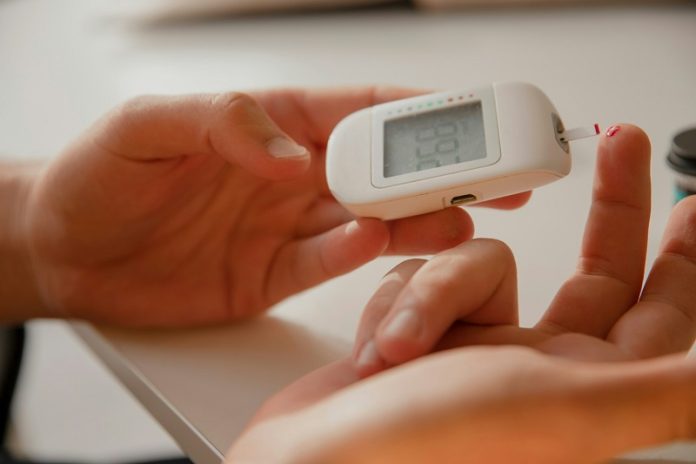
More than 100 years after the discovery of insulin, scientists are still uncovering new insights about how this vital hormone works—and how the body protects itself when insulin levels get dangerously high.
A new study from the University of California San Diego (UC San Diego) School of Medicine reveals a key biological safeguard that may prevent insulin shock, and it points to a potential new treatment for diabetes that could reduce the risks of using insulin.
Published in Cell Metabolism, the research identifies an enzyme called FBP1 (fructose-1,6-bisphosphate phosphatase) as a central player in protecting the body from hypoglycemia, or low blood sugar—a dangerous condition that can lead to seizures, coma, or even death in people with diabetes.
Hypoglycemia is often caused by too much insulin, whether the body produces it naturally or receives it through medication.
“Insulin is essential for life, but too much of it can also be deadly,” said Dr. Michael Karin, senior author of the study and a Distinguished Professor of Pharmacology and Pathology at UC San Diego. “We’ve discovered a mechanism that the body uses to keep insulin from doing too much.”
FBP1 is a well-known enzyme that helps the liver produce glucose from other substances during fasting—a process called gluconeogenesis. This is how your body keeps your blood sugar stable when you haven’t eaten. But the new research reveals that FBP1 does more than just make sugar: it also controls how strongly the body responds to insulin.
To study this, the researchers created mice that lacked FBP1 in their liver, mimicking a rare genetic condition found in some humans.
These mice appeared healthy until they were fasted—then they developed severe hypoglycemia, fatty livers, and high blood fat levels, just like the human patients. This showed that without FBP1, the body can’t protect itself during low-sugar conditions.
But the surprise came when the researchers found that FBP1 also blocks AKT, a protein that helps carry out insulin’s effects. Without FBP1 to restrain AKT, insulin signaling becomes too strong. This causes the body to burn through sugar too quickly, leading to dangerously low blood sugar.
“FBP1 acts like a brake on insulin’s activity,” said Dr. Li Gu, the study’s first author. “It helps prevent insulin from working too well.”
In collaboration with scientists from Chongqing University in China, Gu and her team created a peptide (a short chain of amino acids) called E7 that mimics a piece of the FBP1 protein. This peptide blocks FBP1’s ability to restrain AKT, effectively acting like an insulin mimetic—a molecule that behaves like insulin.
When they tested E7 in mice that had developed insulin resistance from eating a high-fat diet—a common model for prediabetes—the peptide successfully reversed insulin resistance and restored healthy blood sugar levels, all without the risk of hypoglycemia.
“This could be the beginning of a new kind of diabetes treatment,” said Dr. Karin. “Unlike insulin, which can cause blood sugar to drop too low, this peptide seems to improve insulin sensitivity without that risk.”
The researchers are now working to further develop E7 into a safe and effective therapy for humans. If successful, it could offer a safer alternative to insulin, especially for people with Type 2 diabetes or insulin resistance.
This study adds an important new layer to our understanding of how the body balances insulin and glucose, and it shows how a deeper understanding of biology can lead to smarter, safer treatments. Over a century after insulin changed medicine forever, science may be on the verge of improving it.
If you care about diabetes, please read studies about bananas and diabetes, and honey could help control blood sugar.
For more health information, please see recent studies about Vitamin D that may reduce dangerous complications in diabetes and results showing plant-based protein foods may help reverse type 2 diabetes.
The research findings can be found in Cell Metabolism.
Copyright © 2025 Knowridge Science Report. All rights reserved.



